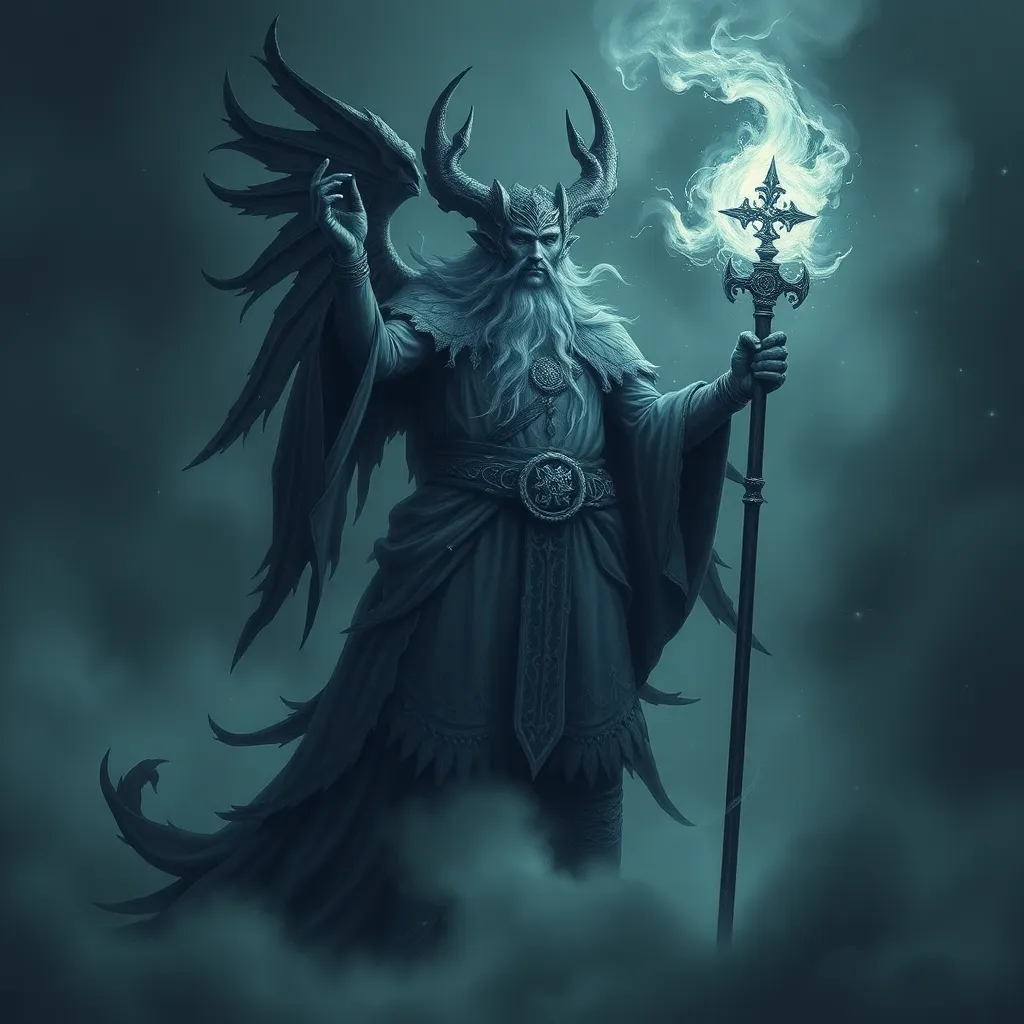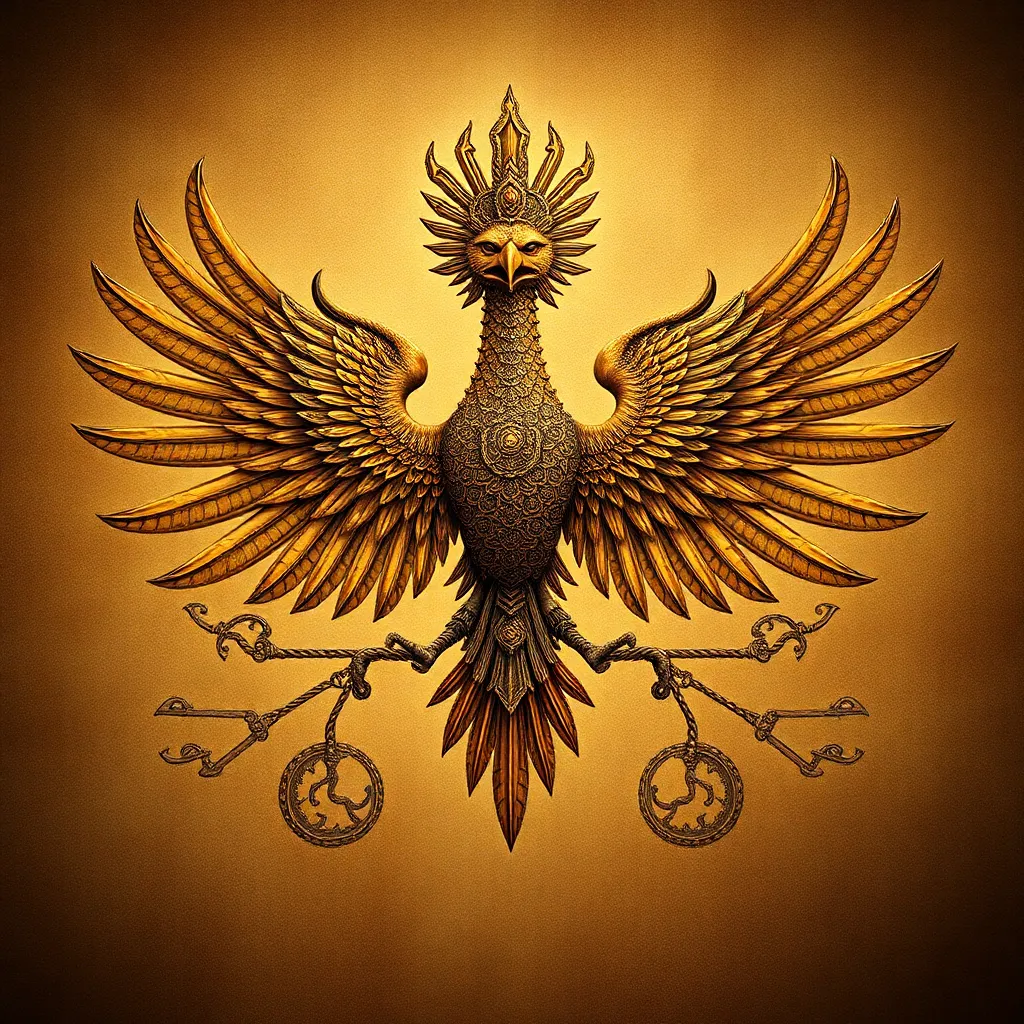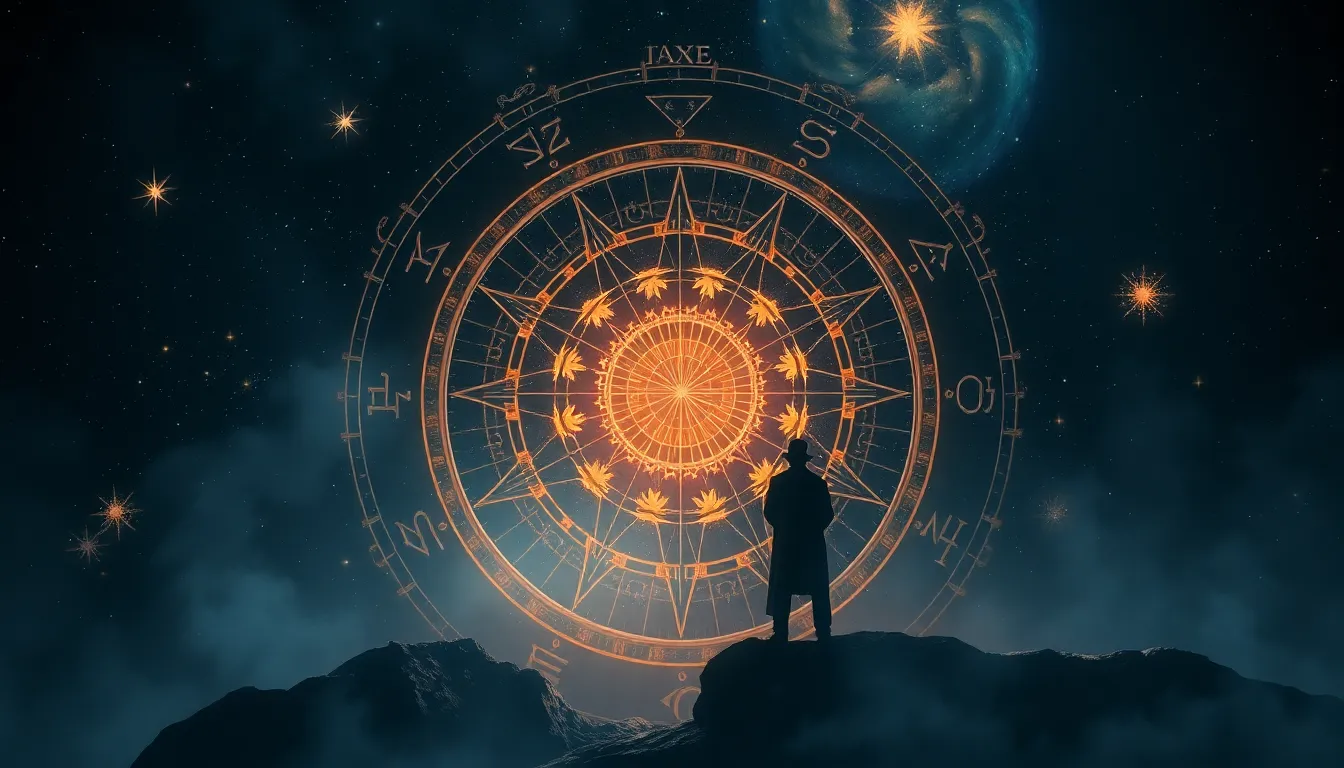The Deathless and the Divine: Koschei’s Role in Slavic Religious Beliefs
I. Introduction
Slavic mythology is a rich tapestry of legends, deities, and folk tales that reflect the cultural and spiritual life of the Slavic peoples. At the heart of this mythology lies Koschei the Deathless, a figure shrouded in mystery, embodying both death and immortality. Exploring Koschei’s role within Slavic beliefs provides insight into the broader themes of life, death, and the divine in Slavic culture.
II. Historical Context of Slavic Mythology
A. Pre-Christian beliefs and practices
Before the advent of Christianity, Slavic tribes worshiped a pantheon of gods and spirits that governed various aspects of life and nature. These beliefs were deeply intertwined with the agricultural calendar, seasonal changes, and the reverence for ancestors.
B. Influence of Christianity on Slavic mythology
With the spread of Christianity, many pagan beliefs were absorbed, transformed, or suppressed. The Christian narrative often repurposed Slavic deities into saints, while some mythological figures persisted, adapting to the new religious landscape.
C. The persistence of pagan elements in folklore
Despite the dominance of Christianity, many Slavic folktales and traditions retained their pagan roots. Koschei, as a figure of deathlessness, illustrates this blend, maintaining relevance in cultural narratives even in a Christian context.
III. Who is Koschei the Deathless?
A. Origin and etymology of the name “Koschei”
The name “Koschei” is believed to derive from the Slavic word “koshchey,” meaning “bone” or “skeleton,” which hints at his association with death and decay. His epithet “the Deathless” suggests a being that transcends mortality.
B. Physical descriptions and characteristics
Koschei is often depicted as a tall, skeletal figure, typically with a frightful appearance. His frail body is contrasted by his immense power and cunning intellect. He is known to possess magical abilities, often using them to manipulate others.
C. Variations of Koschei in different Slavic cultures
While the core attributes of Koschei remain consistent, various Slavic cultures have their interpretations. In Russian folklore, he is portrayed as a sorcerer with a penchant for kidnapping princesses. In Ukrainian tales, he may be seen as a trickster or a formidable foe.
IV. The Symbolism of Deathlessness
A. The concept of immortality in Slavic folklore
Immortality in Slavic folklore is often viewed with ambivalence. While it can symbolize eternal life, it also represents an unending cycle of suffering and moral decay. Koschei embodies this duality, as his deathlessness is both a curse and a form of power.
B. Koschei as a representation of eternal life and death
Koschei’s existence challenges the natural order. He symbolizes the fear of death and the desire for life, serving as a reminder of the inevitability of mortality. His character prompts questions about the value of life devoid of its natural limitations.
C. The moral implications of deathlessness
- Deathlessness can lead to moral corruption.
- It raises existential questions about the meaning of life.
- Koschei’s actions often reflect a disregard for mortal consequences.
V. Koschei’s Role in Folktales and Legends
A. Common narratives featuring Koschei
Koschei frequently appears in folktales as an antagonist, often threatening the hero’s journey. His most famous appearances are in tales where he kidnaps a princess or seeks to conquer a kingdom.
B. His interactions with heroes and heroines
In many stories, heroes must confront Koschei to rescue a loved one or restore balance. His encounters with characters like Ivan Tsarevich highlight themes of bravery, cunning, and the struggle against overwhelming odds.
C. The role of Koschei as an antagonist
Koschei serves as a formidable foe, embodying chaos and malevolence. His defeat often symbolizes the triumph of good over evil and the restoration of order in the universe.
VI. Koschei and the Divine
A. Connections between Koschei and Slavic deities
Koschei’s character exhibits similarities to various Slavic deities associated with death and the underworld. His interactions with these divine figures highlight the complex relationships between mortals, immortals, and the forces of nature.
B. The duality of Koschei as both a villain and a divine figure
While Koschei is a villain in many tales, he also represents deeper, divine truths about existence. His duality reflects the intricate balance between creation and destruction, life and death.
C. The cultural significance of his character in religious practices
Koschei’s character has transcended folklore, influencing cultural practices and rituals. His image serves as a cautionary tale about the consequences of seeking immortality and the moral lessons inherent in the struggle against evil.
VII. Contemporary Interpretations of Koschei
A. Koschei in modern literature and media
In contemporary literature and media, Koschei has been reimagined in various forms, from fantasy novels to animated films. These adaptations often explore his character beyond villainy, delving into themes of power, loss, and redemption.
B. The impact of folklore on contemporary Slavic identities
The stories of Koschei and other mythological figures play a vital role in shaping modern Slavic identities. They reconnect people with their cultural heritage, reinforcing a sense of belonging and tradition.
C. Reviving and preserving Slavic traditions through Koschei
Efforts to revive Slavic traditions often include the retelling of Koschei’s stories, emphasizing their relevance in today’s world. Cultural festivals, literature, and art continue to celebrate these ancient narratives, ensuring their survival.
VIII. Conclusion
Koschei the Deathless holds a significant place in Slavic religious beliefs, embodying the complex interplay between life, death, and the divine. His stories resonate with themes that are timeless and universal, reflecting the ongoing relevance of mythological figures in cultural narratives. As we explore the depths of Slavic mythology, we uncover the rich tapestry of human experience woven through the tales of the deathless and the divine.




